“Every Word of It” — a photo-narrative by Charles Ingham
Ingham’s photo-narrative was created utilizing Nina Simone’s introduction to her live performance of “Mississippi Goddam” at Carnegie Hall, 1964.
...Ingham’s photo-narrative was created utilizing Nina Simone’s introduction to her live performance of “Mississippi Goddam” at Carnegie Hall, 1964.
...“Charles Ingham’s Jazz Narratives” connect time, place, and subject in a way that ultimately allows the viewer a unique way of experiencing jazz history. This edition’s narratives are “Nat King Cole: The Shadow of the Word,” “Slain in Cold Blood” and “Local 767: The Black Musicians’ Union”
...“Charles Ingham’s Jazz Narratives” connect time, place, and subject in a way that ultimately allows the viewer a unique way of experiencing jazz history. This edition’s narratives are “The Entrance of Bessie Smith into San Diego”, “Lionel Hampton Is Coming to Dinner at Dr. Gordon’s House”, and
“Lionel Hampton: Central Avenue Breakdown”
. . Charles Ingham’s photo-narratives connect time, place, and subject in a way that ultimately allows the viewer a unique way of experiencing music history. . . ___ . . Indianola Is a Place Apart (Church and Second Streets, Indianola, Mississippi) 2020 . . Charles describes the work . ….If … Continue reading ““Indianola Is a Place Apart”– a photo-narrative by Charles Ingham”
...Charles Ingham’s “Jazz Narratives” connect time, place, and subject in a way that ultimately allows the viewer a unique way of experiencing jazz history. This edition’s narratives are “Torn from Its Moorings”, “Watching the Sea” and “Plantations”
...Charles Ingham’s “Jazz Narratives” connect time, place, and subject in a way that ultimately allows the viewer a unique way of experiencing jazz history. This edition’s narratives are “”The Artists Salute Each Other”, “Monk’s Mood at the It Club” and “Communing with Ghosts”
...Ingham’s “Jazz Narratives” connect time, place, and subject in a way that ultimately allows the viewer a unique way of experiencing jazz history. This edition’s narratives are “The Annunciation of Chet Baker,” “Frank O’Hara Whispers to Scott LaFaro,” and “Blessing the Child.”
...Ingham’s “Jazz Narratives” connect time, place, and subject in a way that ultimately allows the viewer a unique way of experiencing jazz history. This edition’s narratives are “Released from Camarillo State Hospital, Charlie Parker Plays Jack’s Basket Room,” “Diz Railing at the Cosmos,” and “Speaking in Tongues”
...Ingham’s “Jazz Narratives” connect time, place, and subject in a way that ultimately allows the viewer a unique way of experiencing jazz history. This edition’s narratives are “”Exactly Where She Is Supposed to Be,” “In Memory of Clora Bryant, Standing Outside the Downbeat,” and “Out West, Thinking About Miles Davis”
...Ingham’s “Jazz Narratives” connect time, place, and subject in a way that ultimately allows the viewer a unique way of experiencing jazz history. This edition’s narratives are “The Death of Chet Baker, 13 May 1988,” “Out There Somewhere,” and “Dreaming of Bird”
...These photo-narratives are provocative, meaningful and brilliant – connecting time, place, and subject in a way that ultimately allows the viewer a unique way of experiencing jazz history.
...From the artist’s series Pastoral Scenes of the Gallant South, this edition features the Brooklyn-based photographer and visual artist Nona Faustine.
...From the series Pastoral Scenes of the Gallant South
...From Ingham’s series Pastoral Scenes of the Gallant South
...“Thinking about the Truesdells,” comes from a seven-work series entitled Pastoral Scenes from the Gallant South (from Billie Holiday’s “Strange Fruit”).
...“Thinking about Charlie Parker,” comes from a series entitled Pastoral Scenes from the Gallant South (from Billie Holiday’s “Strange Fruit”).
...“Thinking about Homer Plessy,” comes from a seven-work series entitled Pastoral Scenes from the Gallant South (from Billie Holiday’s “Strange Fruit”).
...“Thinking About Ida B. Wells” is the second image published on Jerry Jazz Musician from Ingham’s seven work series “Scenes From the Gallant South” (from Billie Holiday’s “Strange Fruit”)
...“Thinking about Robert Johnson,” comes from a seven-work series entitled Pastoral Scenes from the Gallant South (from Billie Holliday’s “Strange Fruit”).
...Disparity in River City
THE MUSIC MAN (1962):
Robert Preston,
the picture’s star,
extols “76 Trombones”,
spots “Trouble in River City”,
earning immortality in the process.
The community of poets, writers, artists and photographers who have recently contributed their work and time to Jerry Jazz Musician to answer this question, “What one song best represents your experience with 2020?”
...Updates and news about content recently and soon-to-be published.
...Miscellaneous news and notes to share…
.... . Carol Friedman’s 1976 photograph of Chet Baker . _____ . …..For many of us who revere jazz music – especially those fortunate enough to have grown up during the era of the 12 x 12 record album jacket and coffee table photography books– the images of great musicians taken by photographers like William … Continue reading “The Jazz Photography Issue”
...Sam Cooke’s biographer Peter Guralnick engages in a wide-ranging 2005 conversation about the singer’s epic American life, cut short at the age of 33
...There are few American lives more powerful or more moving than that of C. L. Franklin. Born in rural Mississippi, he would go on to become the most famous African American preacher in America. His style of preaching revolutionized the art, and his call for his fellow African Americans to proclaim both their faith and their rights helped usher in the civil rights movement. In this 2005 Jerry Jazz Musician interview, Franklin biographer Nick Salvatore talks about this immensely complicated public figure (and father to Aretha).
...This edition features poetry chosen from hundreds of recent submissions, and from a wide range of voices known – and unknown – to readers of these collections. The work is unified by the poets’ ability to capture the abundance of jazz music, and their experience with consuming it.
...This is the 14th extensive collection of jazz poetry published on Jerry Jazz Musician since the fall of 2019, when the concept was initiated. Like all previous volumes, the beauty of this edition is not solely evident in the general excellence of the published works; it also rests in the hearts of the individuals from diverse backgrounds who possess a mutual desire to reveal their life experiences and interactions with the music, its character, and its culture.
...Sam Cooke’s biographer Peter Guralnick in a wide-ranging conversation about the singer’s epic American life, cut short at the age of 33
...…..The Grenada-born trumpeter Arthur Briggs was among the first to introduce and popularize jazz music, and did so from Europe, where he permanently settled after arriving from Harlem in 1919, and where he eventually grew to be considered “the Louis Armstrong of Paris.” Little-known in America, his musical biography features his befriending and performing with the likes of Sidney Bechet (who Briggs was with when he bought his first soprano saxophone), Josephine Baker, Coleman Hawkins, and Django Reinhardt.
...An intimate portrait of Bill Charlap and mother Sandy Steward, who explore the art of musical collaboration and accompanying singers.
...Jazz and poetry have always had a symbiotic relationship. Their creative languages share the common soil of imagination and improvisation, from which their audiences discover inspiration and spirit, and perhaps even a renewed faith in life itself.
This collection features 50 gifted poets from places as disparate as Ohio and Nepal, Estonia and Boston, Guyana and Pittsburgh, each publicly sharing their inner world reverence for the culture of jazz music.
...23 poets contribute 26 poems that speak to the era of COVID, Black Lives Matter, and a heated political season
...The introduction to Philip Clark’s book “Dave Brubeck: A Life in Time” is excerpted here in its entirety.
...The winter collection of poetry offers readers a look at the culture of jazz music through the imaginative writings of its 32 contributors. Within these 41 poems, writers express their deep connection to the music – and those who play it – in their own inventive and often philosophical language that communicates much, but especially love, sentiment, struggle, loss, and joy.
.... . . . photo by Bouna Ndaiye/used by permission of Gerald Horne Gerald Horne, author of Jazz and Justice: Racism and the Political Economy of the Music . ___ . . …..Jazz music — complex, ground breaking and brilliant from its early 20th century beginnings — would eventually become America’s … Continue reading “Interview with Gerald Horne, author of Jazz and Justice: Racism and the Political Economy of the Music“
...Jazz music — complex, ground breaking and brilliant from its early 20th century beginnings — would eventually become America’s popular music. That it did so in the face of the severe obstacles of blatant racism and sexism, organized crime and corrupt labor exploitation so prevalent in America at the time is at the heart of historian Gerald Horne’s new book, Jazz and Justice: Racism and the Political Economy of the Music.
...Seventeen poets contribute to a collection of jazz poetry reflecting an array of energy, emotion and improvisation
...The passing of Aretha Franklin yesterday hits hard on a variety of levels. I am sure we all have wonderful Aretha memories. For me, she will always be remembered as the singer who opened my world to the sounds of soul and gospel music, and doing so during the height of the civil rights movement, when so much important work was being achieved — and cutting edge art was being created in response to it — virtually every day.
Aretha learned to sing at the New Bethel Baptist Church in Detroit, where her father, the Reverend C.L. Franklin, was minister — “the most famous African American preacher in America,” according to his biographer Nick Salvatore. Franklin’s style of “booming, soaring, flashy and intense” preaching “revolutionized the art, and his call for his fellow African Americans to proclaim both their faith and their rights helped usher in the civil rights movement.”
Rev. Franklin had an intense influence on daughter Aretha, “…[Aretha] always sang from her inners,” Ray Charles once said. “In many ways she’s got her father’s feeling and passion,’ [for when C.L.] — one of the last great preachers — delivers a sermon, he builds his case so beautifully you can’t help but see the light. Same when Aretha sings.”
...Albert Ayler, the Cleveland-born saxophonist whose unorthodox style was inspirational to a generation of free jazz-era and contemporary musicians, is noted in four poems, by four poets
...Near the end of high school I thought myself sophisticated, a fan of Pink Floyd and King Crimson and Kevin Ayers, but at a Weather Report Concert in 1972 I had a nearly religious conversion. It was as though a stranger had run up to me and said, “hold this for minute” and ran off. Then the music exploded. I had never heard anything like this. Everything changed.
It was as though I grew hair in secret places and a new appendage. I became a different creature. After that night few of my suburban DC white friends’ guitar and lyrics-oriented ears could hear what mine could; the joy and heartbreak in this unfamiliar and ebonic timbre, this canvas painted in horn, acoustic bass, and polyrhythm; this blues, this brokenness, this homesickness.
There it was, though, for anyone who had ears for it—there, in the absence of verse, in the uncertainty and unpredictability of lengthy solos, in the timelessness of power beyond the moment from which
...The widespread presence of jazz and blues in African American visual art has long been overlooked. The Hearing Eye makes the case for recognizing the music’s importance, both as formal template and as explicit subject matter. Moving on from the use of iconic musical figures and motifs in Harlem Renaissance art, this groundbreaking collection explores the more allusive — and elusive — references to jazz and blues in a wide range of mostly contemporary visual artists.
...“Reminiscing in Tempo” is part of a continuing effort to provide Jerry Jazz Musician readers with unique forms of “edu-tainment.” As often as possible, we pose one question via e mail to a small number of prominent and diverse people. The question is designed to provoke a lively response that will potentially include the memories and/or opinion of those solicited.
When you were growing up, what were three or four of your parents’ favorite recordings?
Featuring Dee Dee Bridgewater, Hubert Laws, Jacky Terrasson, Jimmy Owens, Kurt Elling and others…
...“Reminiscing in Tempo” is part of a continuing effort to provide Jerry Jazz Musician readers with unique forms of “edu-tainment.” As often as possible, we pose one question via e mail to a small number of prominent and diverse people. The question is designed to provoke a lively response that will potentially include the memories and/or opinion of those solicited.
What are five books that mean a lot to you?
Featuring Ben Ratliff, David Maraniss, Diane McWhorter, Don Byron, Gary Giddins, James Gavin, Kevin Boyle and others…
.... . Peter Guralnick, author of Dream Boogie: The Triumph of Sam Cooke . He was the biggest star in gospel music before he ever crossed over into pop. His first single under his own name, “You Send Me,” was an historic success, going to number one on the charts and selling two … Continue reading “Peter Guralnick, author of Dream Boogie: The Triumph of Sam Cooke“
...“Reminiscing in Tempo” is part of a continuing effort to provide Jerry Jazz Musician readers with unique forms of “edu-tainment.” As often as possible, we pose one question via e mail to a small number of prominent and diverse people. The question is designed to provoke a lively response that will potentially include the memories and/or opinion of those solicited.
What is the greatest saxophone solo in the history of jazz?
Featuring Dan Morgenstern, Ishmael Reed, James Carter, Jason Moran, Martha Bayles, Terry Teachout, Kitty Margolis and others…
...At the height of the ideological antagonism of the Cold War, the U.S. State Department unleashed an unexpected tool in its battle against Communism: jazz. From 1956 through the late 1970s, America dispatched its finest jazz musicians to the far corners of the earth, from Iraq to India, from the Congo to the Soviet Union, in order to win the hearts and minds of the Third World and to counter perceptions of American racism.
In Satchmo Blows Up the World: Jazz Ambassadors Play the Cold War, Penny Von Eschen escorts readers across the globe, backstage and onstage, as Dizzy Gillespie, Louis Armstrong, Duke Ellington, and other jazz luminaries spread their music and their ideas further than the State Department anticipated.
...There are few American lives more powerful or more moving than that of C. L. Franklin. Born in rural Mississippi, he would go on to become the most famous African American preacher in America. His style of preaching revolutionized the art, and his call for his fellow African Americans to proclaim both their faith and their rights helped usher in the civil rights movement. Booming, soaring, flashy, and intense, C.L. was one of a kind. And yet Franklin was, like many great public figures, immensely complicated. A beacon of faith and light, he also knew the shadows. He knew the power of the Lord, yet he was no saint. In Singing in a Strange Land, Bancroft Prize-winning historian Nick Salvatore tells Franklin’s story for the first time.
...
Click here to read about plans for the future of Jerry Jazz Musician.

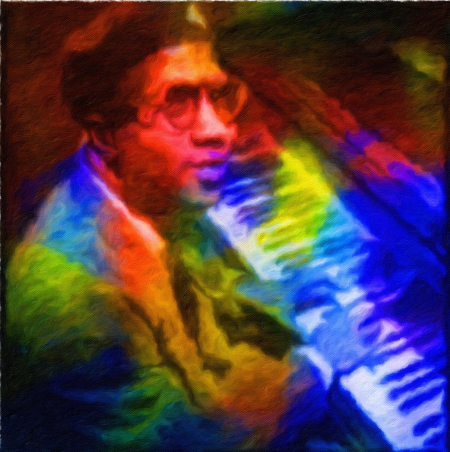
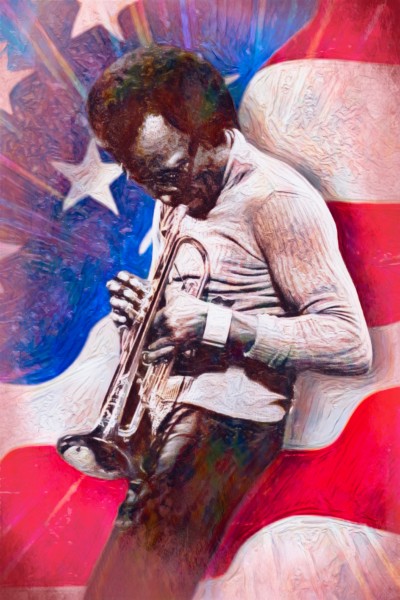
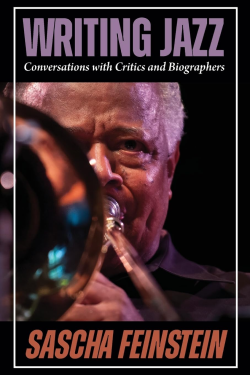
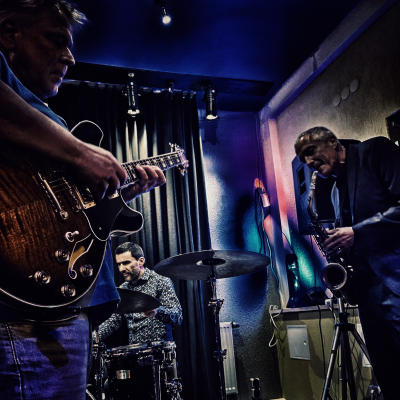
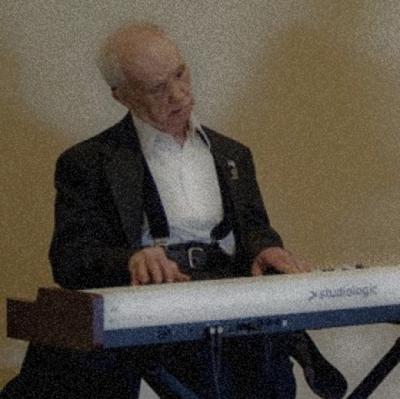
”The Subtle Art of Dinner Music” by Fred Shaw
The Sunday Poem is published weekly, and strives to include the poet reading their work.... Fred Shaw reads his poem at its conclusion
Click here to read previous editions of The Sunday Poem


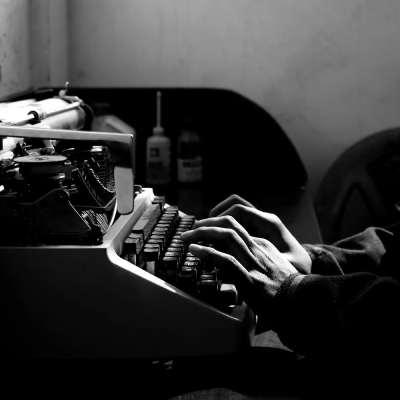
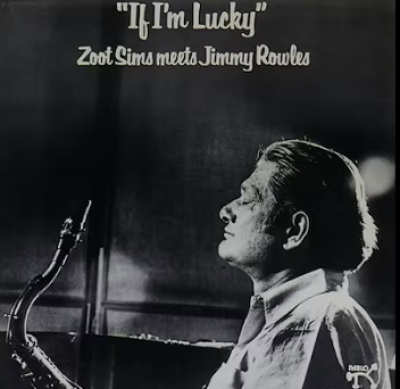
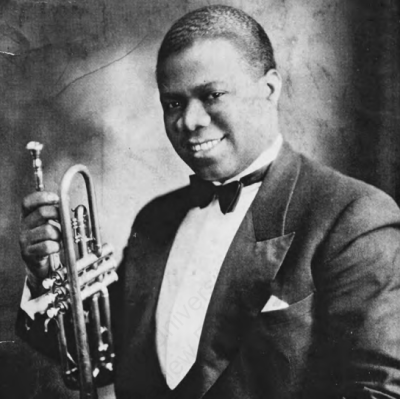
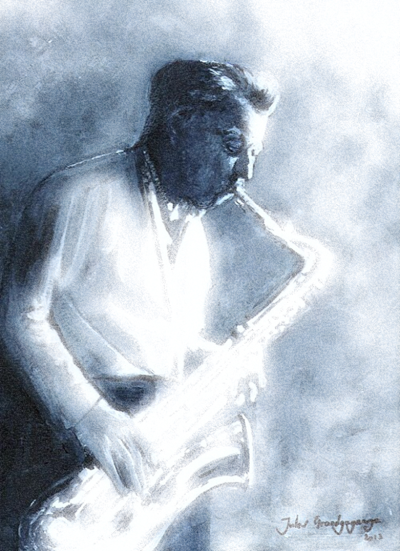

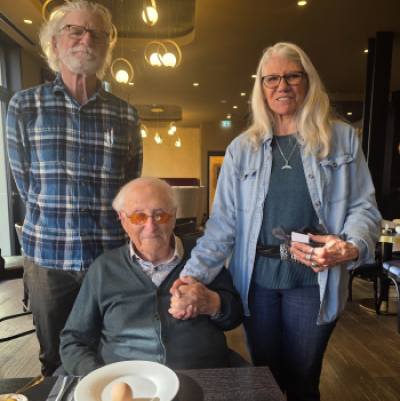

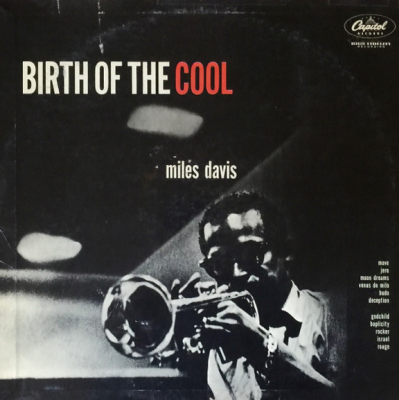
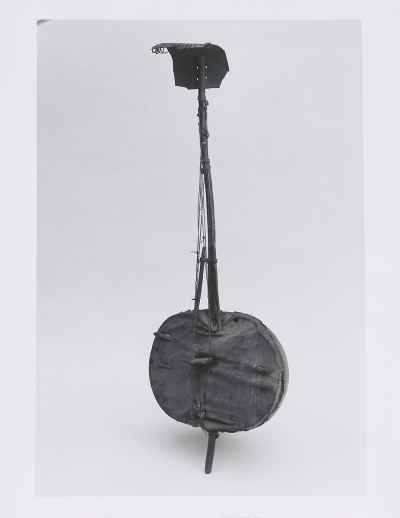
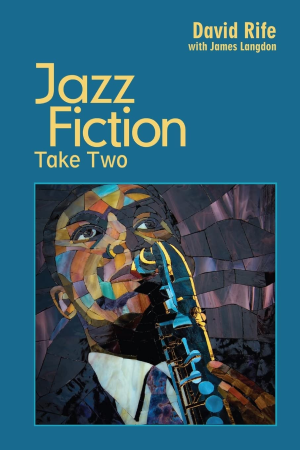

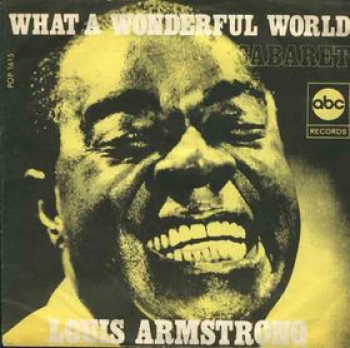
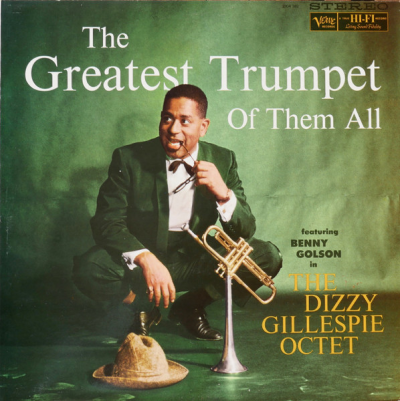
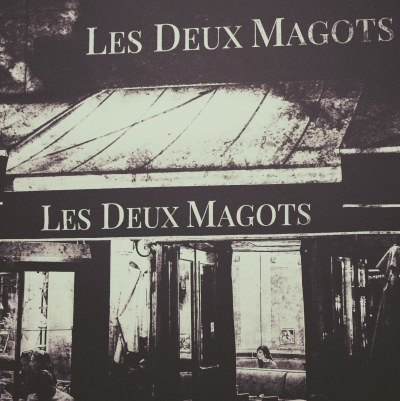
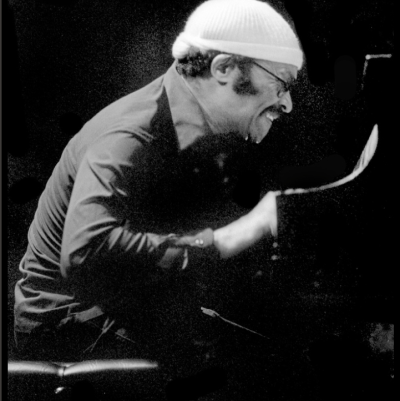
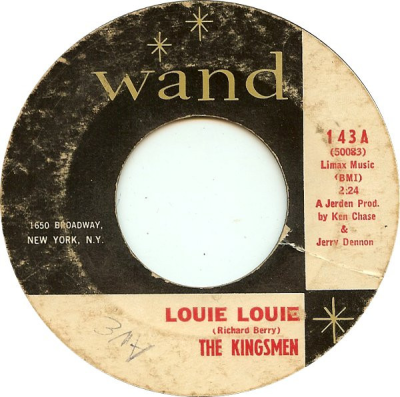
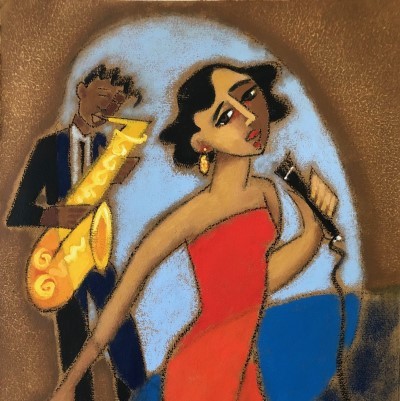
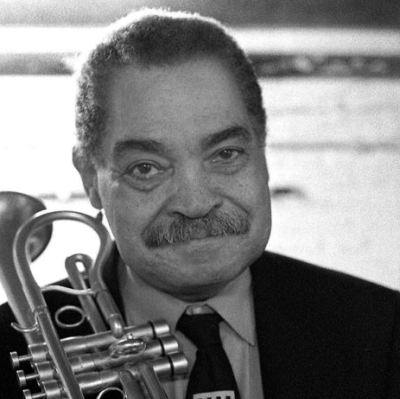

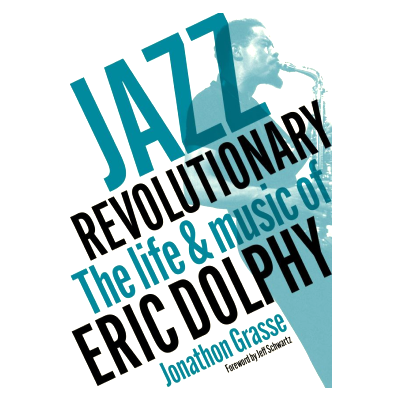
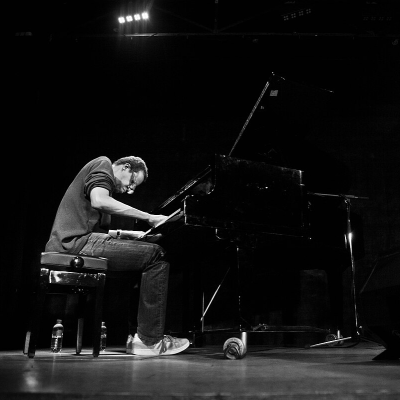

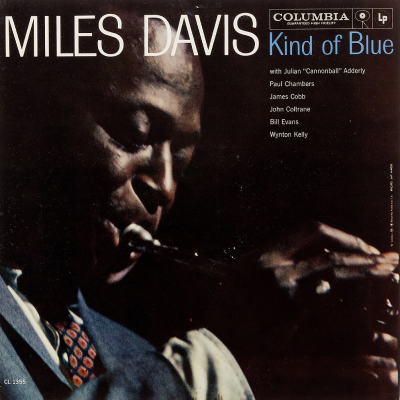
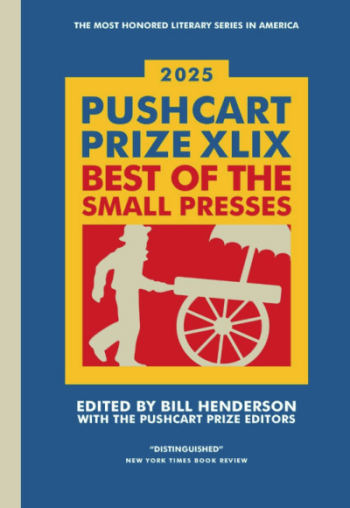
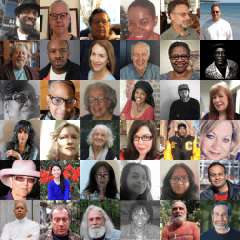

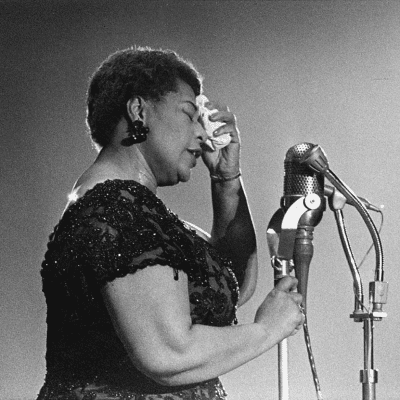

Dear Readers:
Reader funding helps support the expense of publishing this website, and to keep it free of advertising – which is a rarity in the dot-com world. Many thanks to those who have recently contributed, and to those who have done so multiple times. Your support is very much appreciated.
If you are able, please consider making a contribution? Information regarding how to do so is found by clicking here.
For viewing my long range vision for Jerry Jazz Musician, please click here.
To view the content on Jerry Jazz Musician, simply click on the “close” tab.
Thank you!
Joe Maita
Editor/Publisher
,

